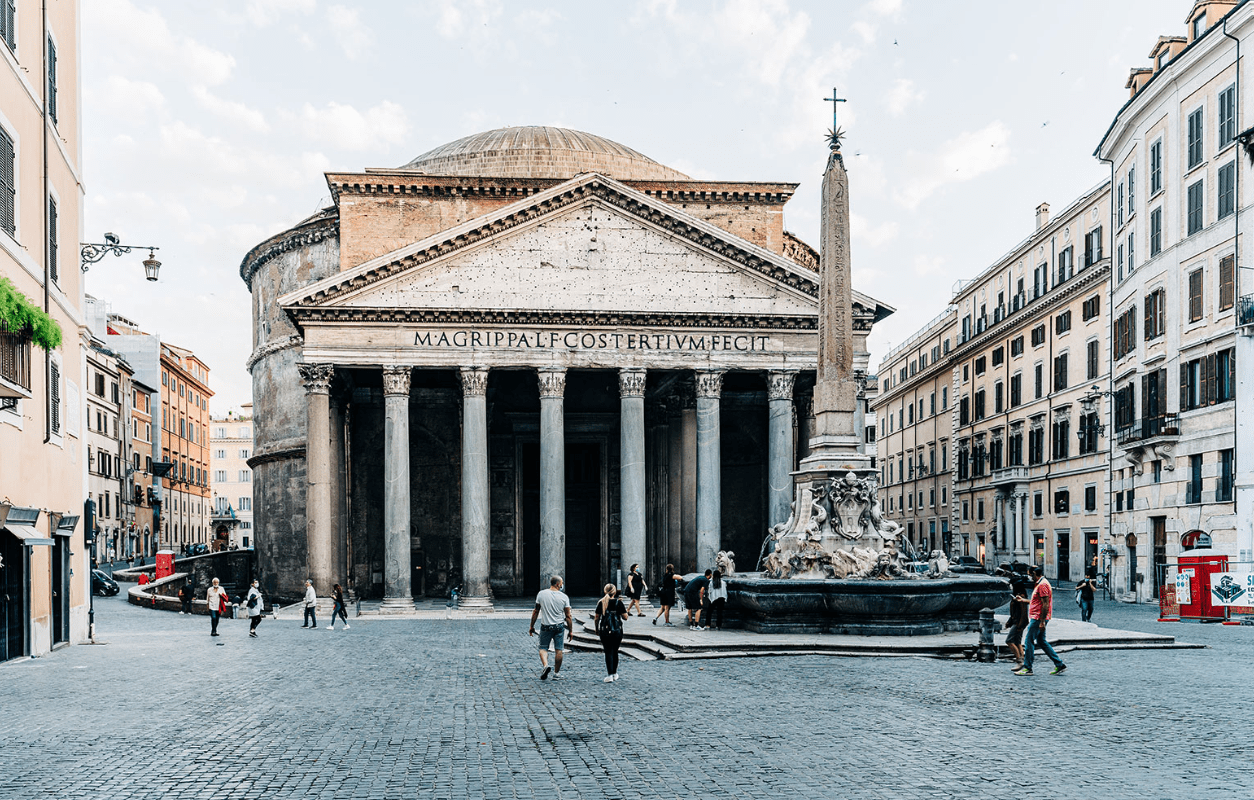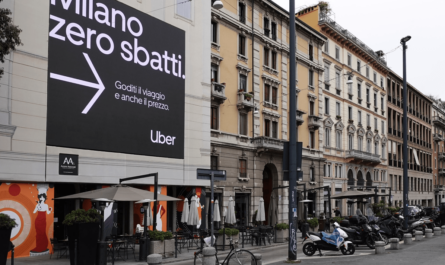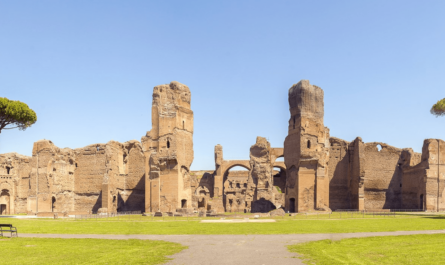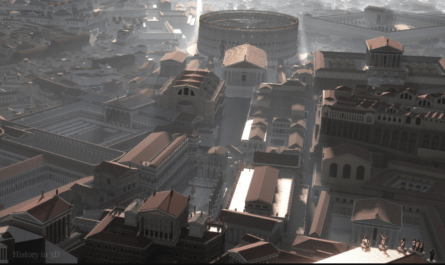One of Rome’s most iconic landmarks, visiting the Pantheon in Rome is a must for any first-time visitor to the eternal city.
A significant temple since the 1st century, the Roman Pantheon has been dedicated to all gods from its inception. Its grandeur and majesty have earned it global fame, and its allure has remained undiminished for thousands of years.
Stepping into the Pantheon in Rome is like traveling back 2000 years to experience what is considered the best-preserved building from imperial times. From the towering dome that still stands strong to the oculus that illuminates the interior, and the intricate wall decorations, the Pantheon is a site that demands admiration from every angle.
Despite its popularity and the constant crowds, many visitors miss the essence of this monumental site. That’s why I hope this guide to visiting the Pantheon in Rome will help you fully appreciate and make the most of your time at this extraordinary building.
Top Tips for Visiting the Pantheon in Rome
Best Time to Visit the Pantheon
The optimal time to visit the Pantheon is either early in the morning when it opens or in the evening just before it closes. However, if you plan to visit in the evening, ensure you arrive at least half an hour before closing time, as latecomers may not be allowed entry.
Even with the introduction of an entrance fee, the Pantheon remains one of Rome’s most visited landmarks, so be prepared for queues, especially during peak season.
What to Wear When Visiting the Pantheon in Rome
Though originally founded as a pagan temple, the Pantheon is now a Roman Catholic church. As such, a modest dress code is required for entry.
For women, this means no miniskirts or shorts during the summer, and for both men and women, sleeveless tops are discouraged.
How to Buy Tickets for the Pantheon
Tickets for the Pantheon can be purchased at the entrance or online. On Saturdays, Sundays, and holidays, reserving your entry in advance is mandatory.
If buying tickets at the entrance, you can opt for a standard ticket or choose to add options like an audio guide or a guided tour.
Alternatively, you can book tickets online, either through the official website or through travel platforms like Get Your Guide. Booking via the official site offers several options: a ticket with an audio guide for €15, a combination of an audio guide and a paper guide for €19.50, or a 30-minute guided tour for €30.50.
For single tickets without a guided tour, visit the official Ministry of Culture Musei Italiani website.
On Get Your Guide, you can book a fast-track ticket for €17.50 per person with an audio guide or a guided tour for €29 per person.
For a more immersive experience, consider the Roman Icons Tour by Take Walks. This three-hour tour begins at the Pantheon in the morning before the crowds arrive, continues to Piazza Navona, and concludes at the majestic Castel Sant’Angelo, also known as the Hadrian Mausoleum.
My husband and I recently took this tour and thoroughly enjoyed it. Though we had visited both the Pantheon and Castel Sant’Angelo before, our guide provided so much additional information that it enhanced our understanding, making it an experience I highly recommend. You can read all about our experience here.
What to See in the Roman Pantheon
Built during the 1st century AD under the rule of Augustus, the Pantheon’s ancient architecture is its most significant draw, making it one of the most famous buildings in the world.
Begin your exploration outside, taking in the massive dome and original door. Here are some highlights not to be missed when visiting the Pantheon:
- The Door: The massive door of the Pantheon is original. Despite its size, weight, and age, it is so well-constructed that it can be easily opened and closed by one person.
- The Dome: Spanning more than 43 meters, the Pantheon’s dome is the largest ever constructed from unreinforced concrete and the largest of its kind in the ancient world.
- The Oculus: The iconic hole in the Pantheon’s ceiling serves as a direct connection to the gods, as envisioned by its original builders.
- Notable Tombs: In addition to the tomb of the painter Raphael, the Pantheon is the final resting place of members of the former Italian royal family, including Vittorio Emanuele II, Umberto I, and Margherita di Savoia.
What is the Best Way to See the Pantheon?
To fully enjoy your visit to the Pantheon, it’s best to arrive early in the morning before the crowds. The site opens at 9 am, so plan to arrive at least 15 minutes early.
If your goal is to admire the architecture and take photos, a single ticket will suffice, allowing you to wander through the ancient temple at your own pace.
For a more enriching experience, consider getting an audio guide. A private tour led by an expert guide offers the most comprehensive experience, providing in-depth knowledge about the Pantheon’s construction, purpose, and historical significance.
For instance, did you know that in ancient Rome, only the emperor and priests were allowed inside the Pantheon?
Whatever option you choose, take your time to appreciate the many noteworthy features, including the royal tombs, Raphael’s tomb, the famous dome, the oculus, and the original ancient structure.
How Much Time Do You Need at the Pantheon?
A visit to the Pantheon typically requires at least 30 minutes, not including any potential wait time in line.
The only way to skip the queue is to reserve your entrance online in advance, either by purchasing a fast-track ticket or by joining a private tour.
What to See Around the Pantheon
While in the city center, there are many other nearby attractions to explore after visiting the Pantheon.
- Piazza Navona: One of Rome’s most beautiful squares, Piazza Navona is just across the street from the Pantheon, on the other side of Corso Rinascimento.
- Trevi Fountain: The stunning Baroque Trevi Fountain is another must-see, easily reachable from the Pantheon with a pleasant 10-minute walk.
- Spanish Steps: Whether before or after visiting the Pantheon, make your way to the iconic Spanish Steps and the picturesque Piazza di Spagna at their base. It’s about a 15-minute walk.
- Centro Storico: When visiting the Pantheon, you’re already in the heart of Rome’s historic center. Take the time to explore the narrow alleys steeped in history and witness where many important figures once walked.
- Piazza del Popolo: Before leaving the city center, consider exploring Piazza del Popolo, another of Rome’s grand and historic squares.



